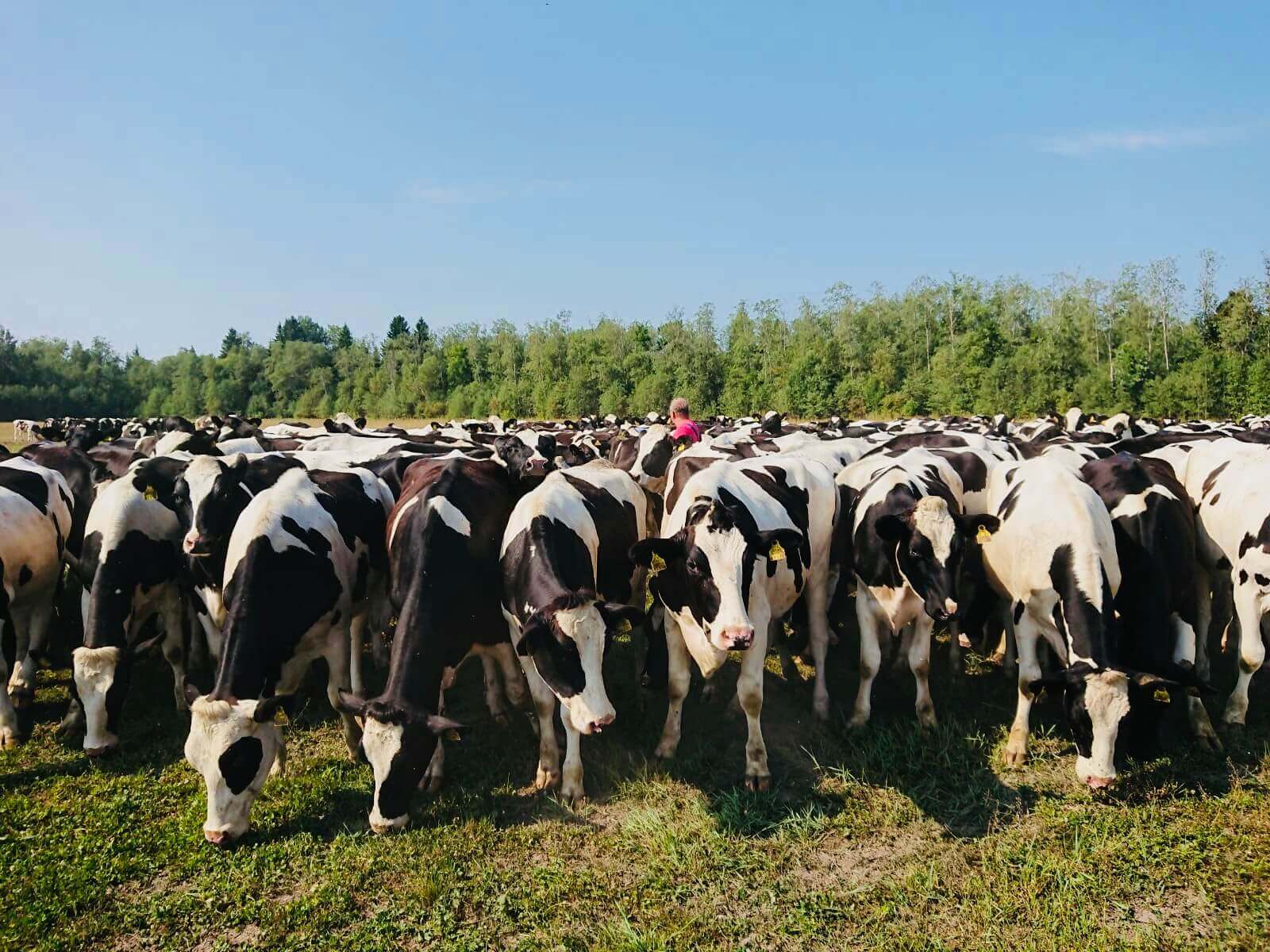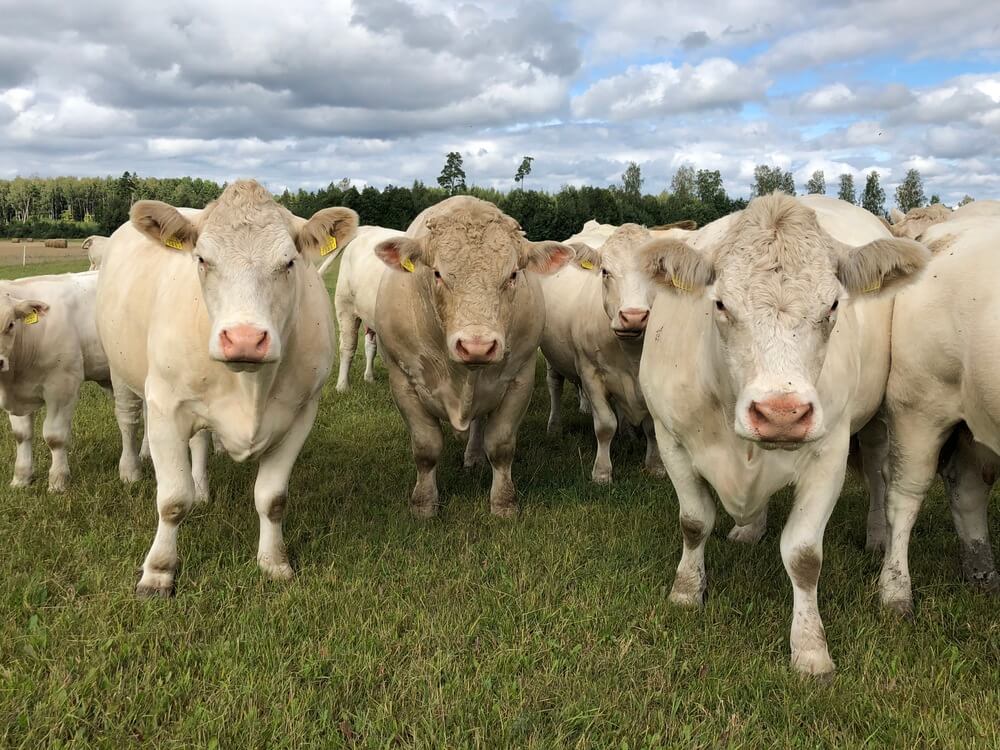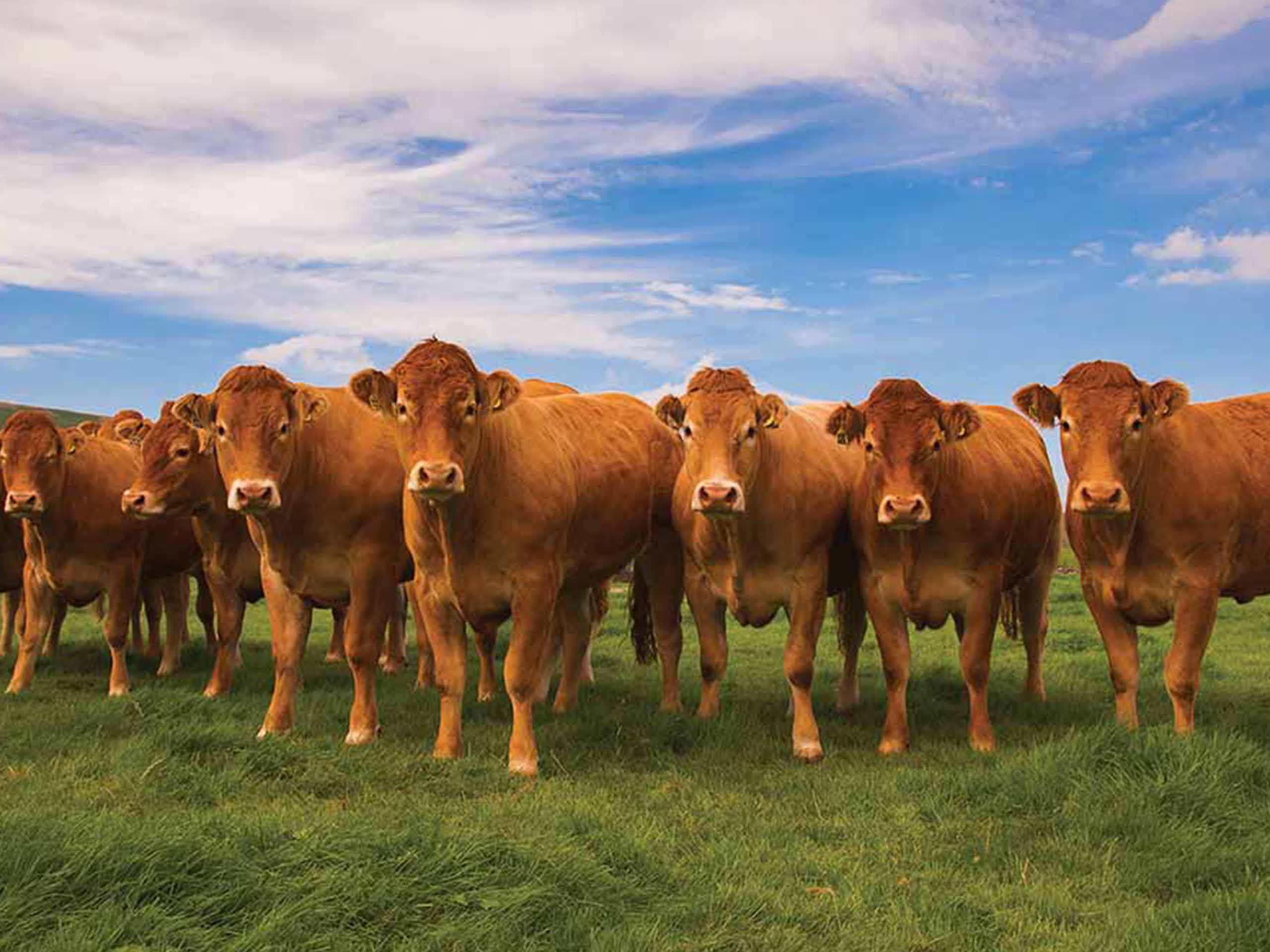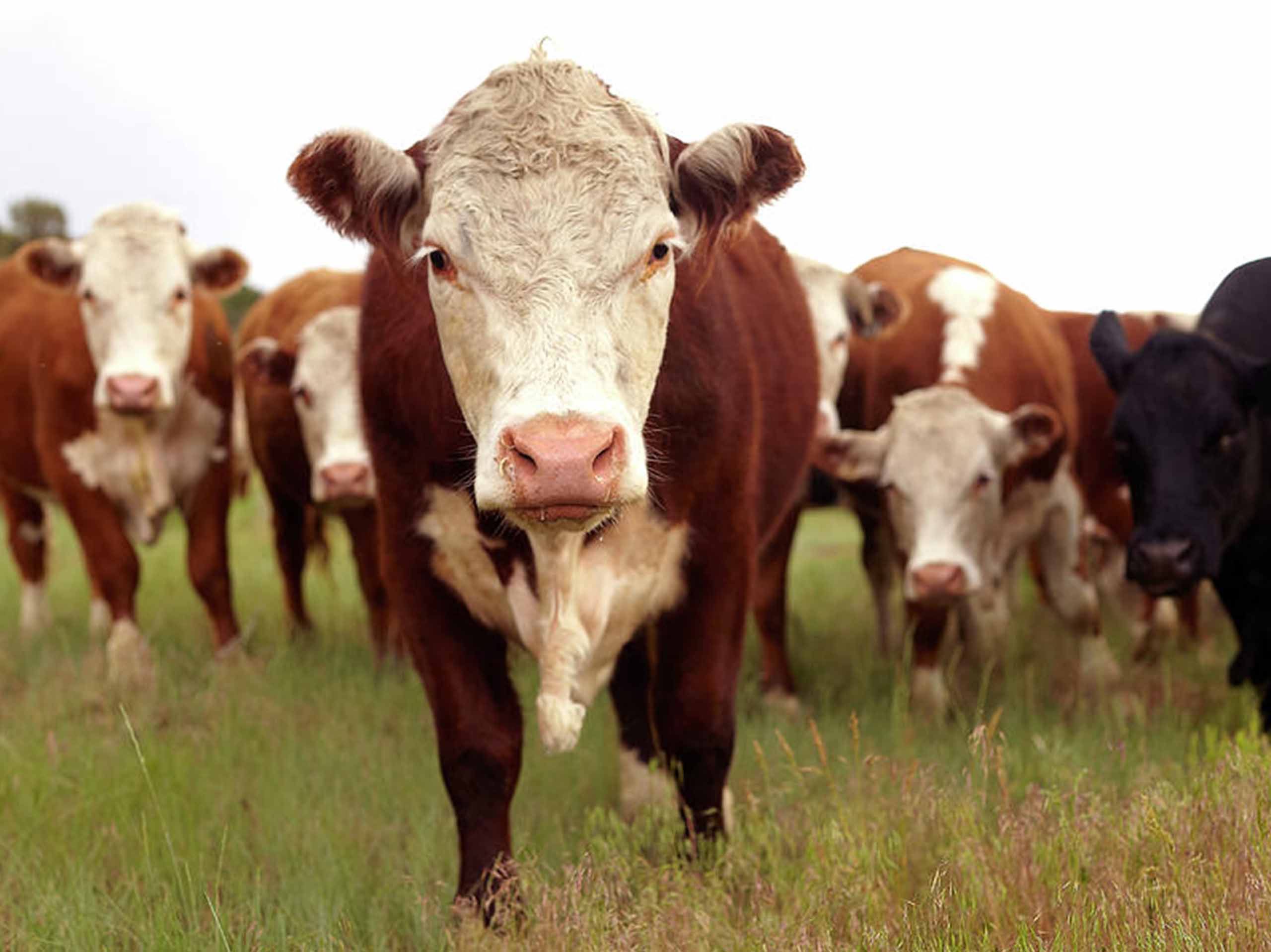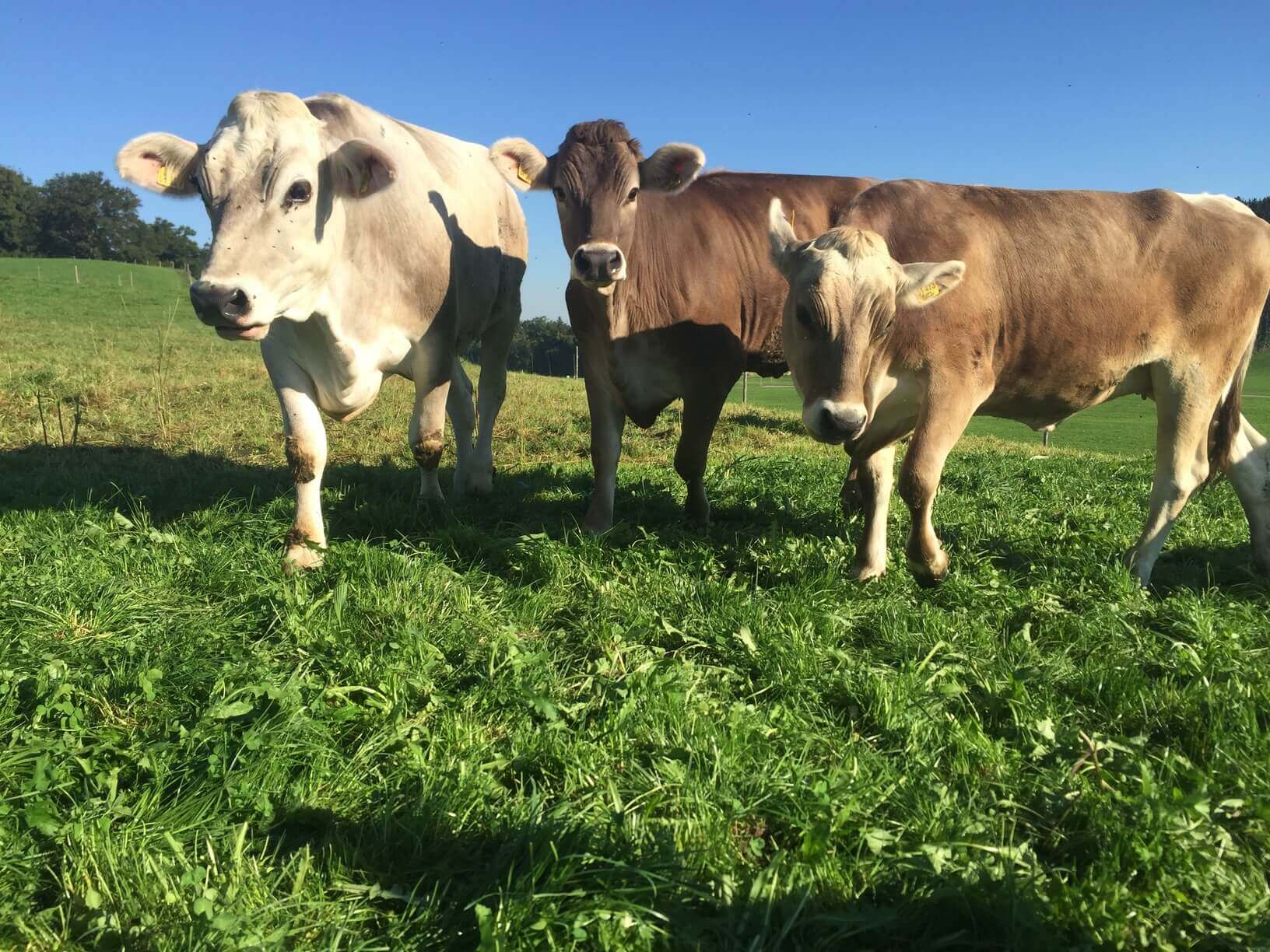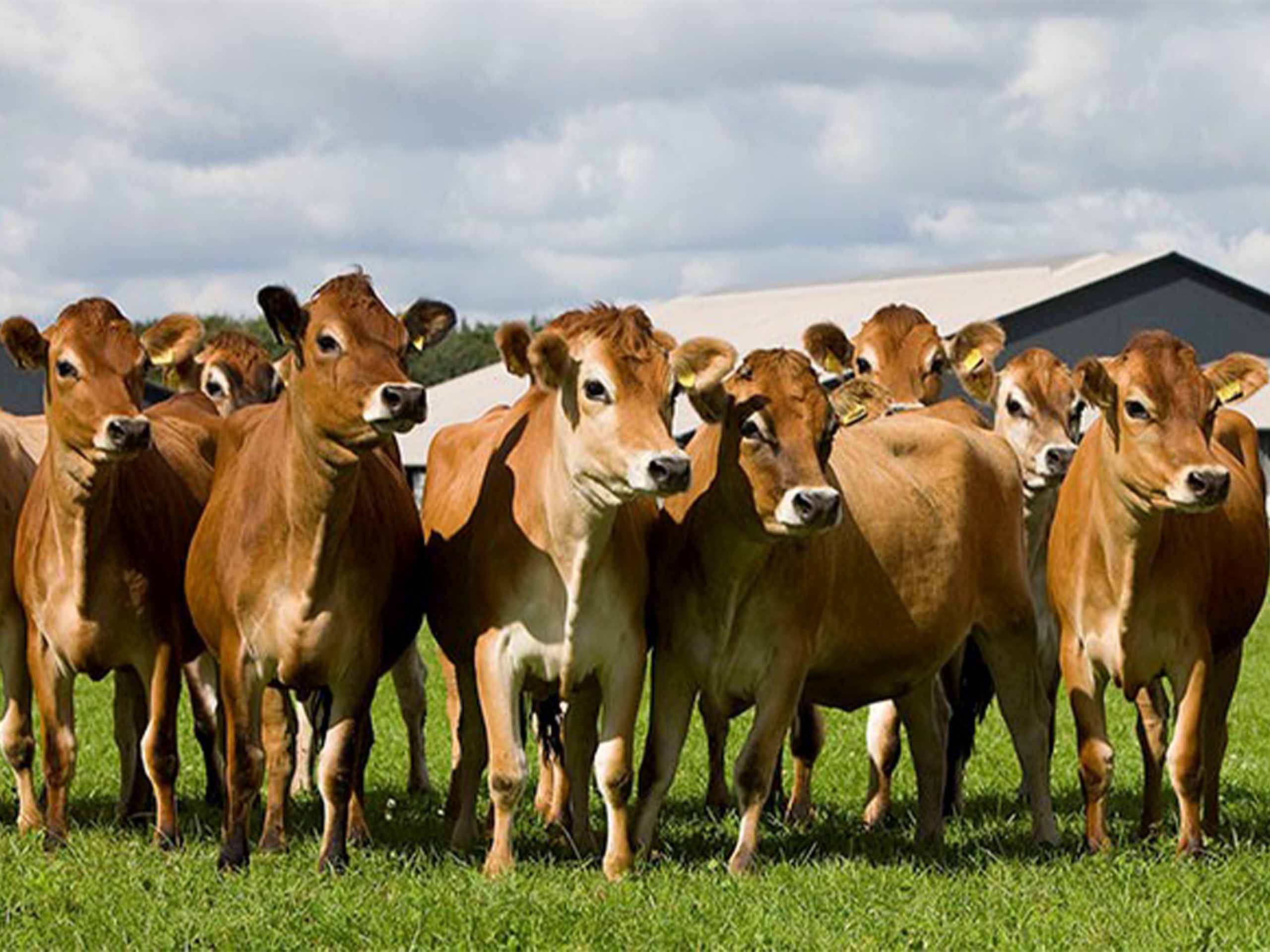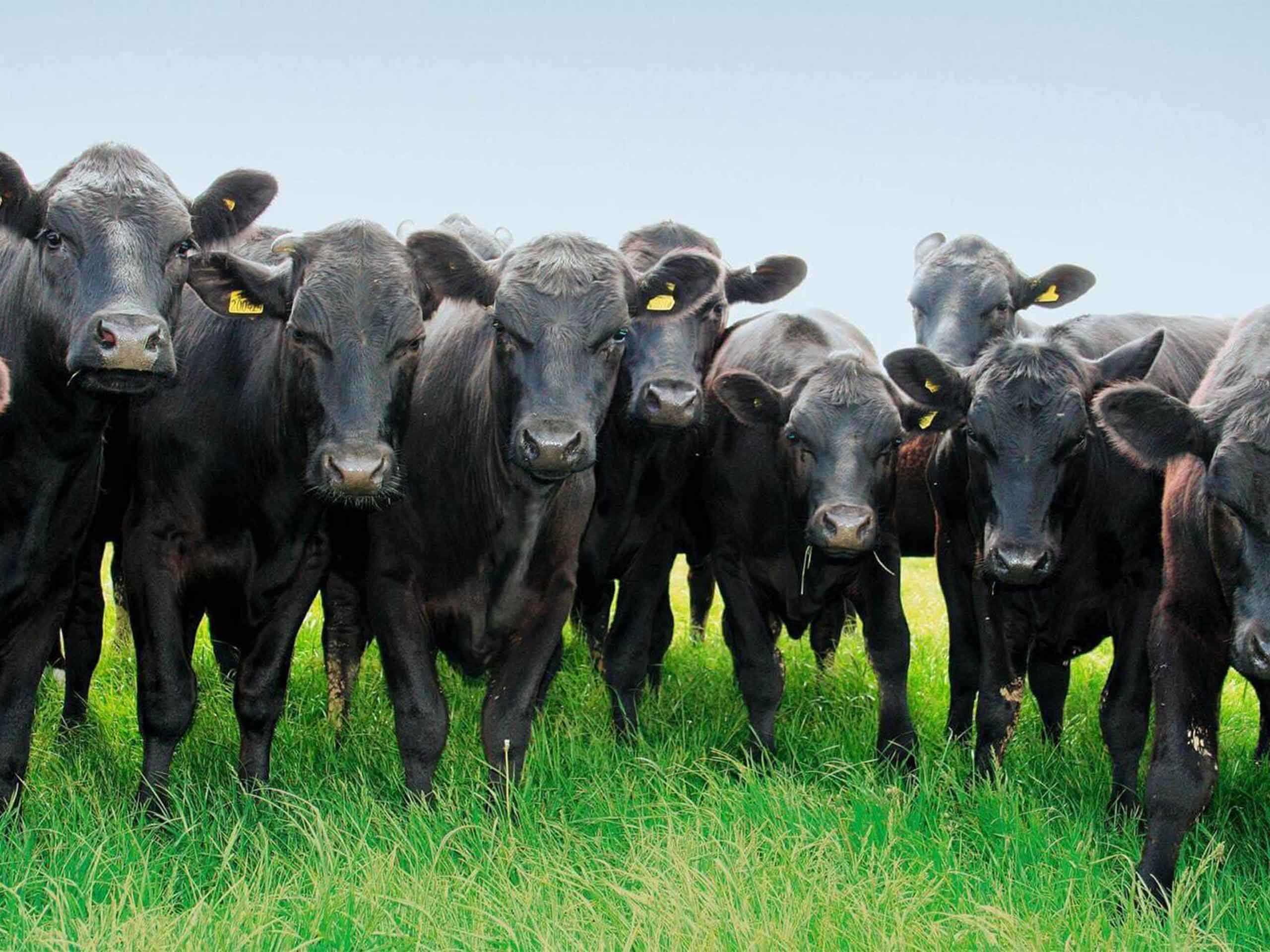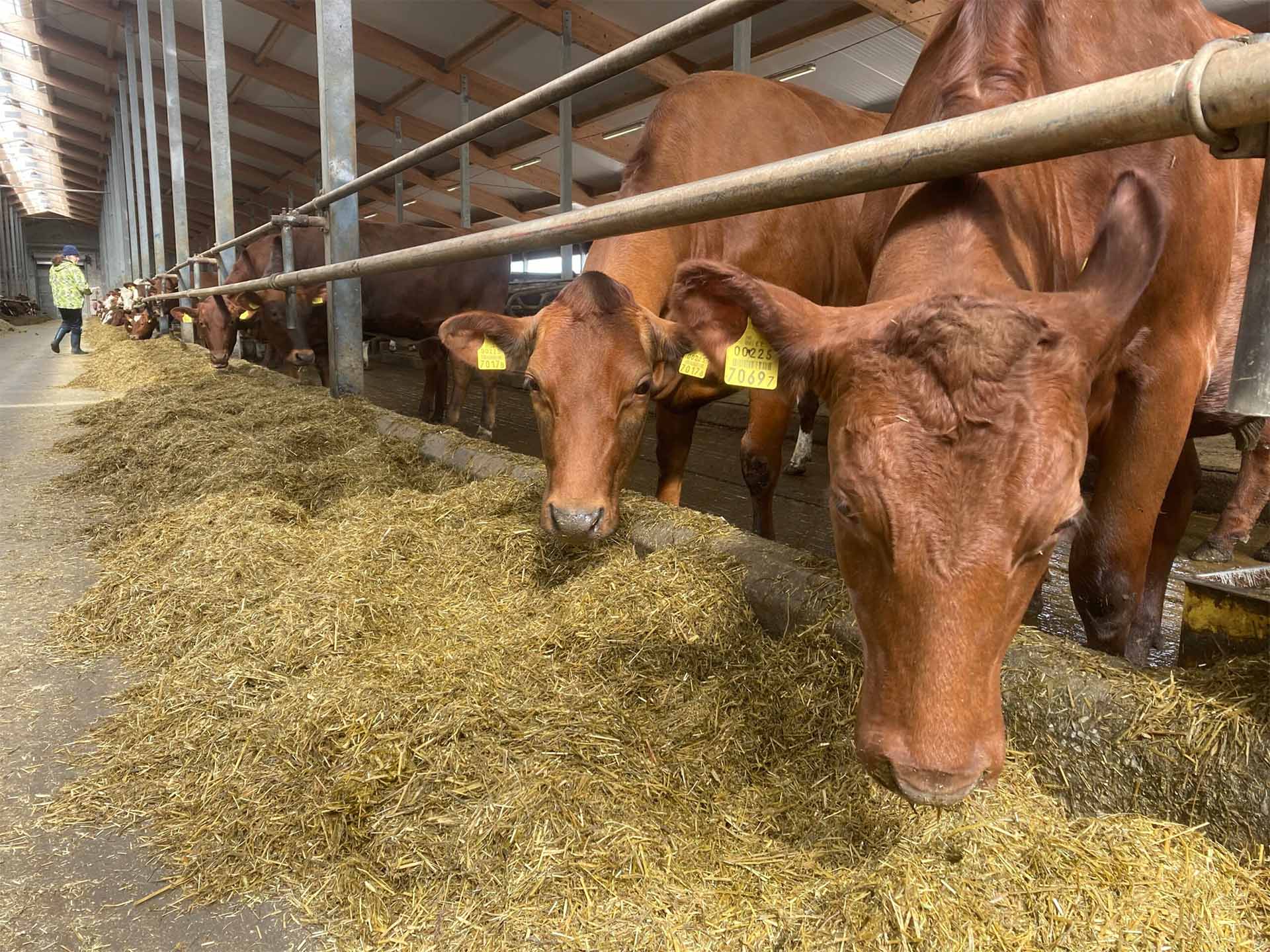JERSEY
Jersey lehmad on ühed tuntuimad veised maailmas! See väike piimakarja tõug on pärit Kanalisaarelt Jerseyst, mille ametlikud andmed pärinevad umbes 1700. aastast. Nad on maailmas teine kõige populaarsem piimatõug.
Jersey pullid, kes on tuntud oma peenikese raami poolest, kaaluvad keskmiselt mitte üle 820 kg, samas kui lehmad kaaluvad tavaliselt kuni 500 kg. Nende sihvakad raamid ja silmatorkavalt pikad ripsmed teevad neist atraktiivse tõu.
Jerseyloomadel on tavaliselt pruunikas karvkate, kuid nende värvus võib varieeruda peaaegu mustast kuni kahvatu pruunini. Tumedamat värvivarianti nimetatakse sageli "Mulberry". Neil on mustad, kõvad kabjad, mustad lülisid ja suu ning valged märgid suu ümbruses ja mõnel laigul.
See tõug kohaneb hästi ekstreemsete temperatuuridega, õitseb Lõuna-Ameerika kuumuses ja kasvatab külmadel talvedel paksemat karvkatte. Iirimaa mõõdukas ookeanikliima ei tekita Jersey lehmadele probleeme, sest seal puuduvad äärmuslikud kuuma- ja külmakraadid.
Jersey lehmad on tuntud oma juhusliku ja meeldiva temperamendi poolest, mistõttu on nad populaarne valik põllumajandusettevõtete jaoks. Võrreldes teiste tõugudega võivad nad siiski olla mõnevõrra närvilised ja lennukas. Oluline on märkida, et Jersey pullid on veiste seas ühed kõige agressiivsemad, seega tuleb olla ettevaatlik. Lisateavet leiate meie artiklist Bull Safety.
Jerseyd on ka väga pikaealised, vähendades karja asenduskulusid ja võimaldades rohkem laktatsioone kogu eluea jooksul. Neil on suurepärane haiguskindlus, mastiitide ja düstookia (raske poegimine) osakaal on madal. Uuringud näitavad, et Jerseyloomadel esineb udaraprobleeme poole vähem kui holstein friisidel, mis on karja tervise säilitamisel väärtuslik omadus.
Nende tugevad, mustad kabjad aitavad samuti vähendada lammasprobleeme. Jerseys on siiski altid "piimapalavikule" (poegimisjärgne hüpokaltseemia) pärast poegimist, rohkem kui kontinentaalsete tõugude puhul. Sümptomite hulka kuuluvad nõrkus, ebastabiilsus ja liigne lamamine. Ema toitumise kohandamine enne poegimist võib aidata vältida piimapalavikku, kuid kuna see võib olla tõsine, konsulteerige alati loomaarstiga, kui märkate mingeid murettekitavaid sümptomeid.
Peale üksikute piimapalaviku juhtumite on poegimine Jerseys üldiselt sujuv. Vasikad on sündides väikesed, keskmiselt umbes 25 kg, mis teeb protsessi emale lihtsamaks. Uuringud näitavad, et 96% esimese laktatsiooniga Jersey lehmade sünnitustest ei vaja abi, ja mitme laktatsiooniga lehmade puhul tõuseb abita sünnituste osakaal 99%-ni.
Jerseysid on tuntud kõrge viljakuse ja varajase küpsuse poolest, paljud neist sünnitavad esimest korda 19 kuu vanuselt. Samuti on neil lühikesed poegimisvahemikud, mis on kasulik lüpsitöödele.
Jersey piima kvaliteeti hinnatakse kõrgelt nii Suurbritannias kui ka teistes riikides. Selle võirasvasisaldus on 4,84% (25% kõrgem kui keskmiselt) ja valgusisaldus 3,95% (18% kõrgem kui keskmiselt). Jersey piim sisaldab ka 25% rohkem kaltsiumi kui tavaline piim, mis teeb sellest kõrgema kvaliteediga toote.
Keskmine Jersey lehm toodab aastas umbes 5000 kg piima, mis tähendab, et tema elu jooksul saab umbes 200 000 klaasi piima. Erakordsed lehmad võivad toota isegi umbes 9000 kg piima aastas!
Nende tõhusus rohu muundamisel kvaliteetseks piimaks madala hinnaga on märkimisväärne eelis. Lisaks sellele on Jerseylehmade süsinikujalajälg 20% võrra väiksem kui keskmisel lehmal, mis teeb neist keskkonnasõbraliku valiku.

